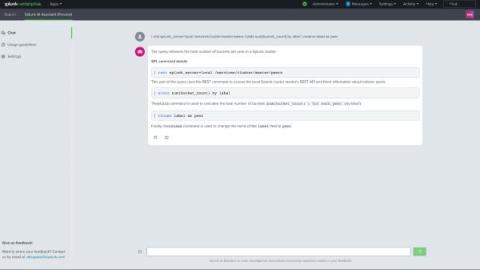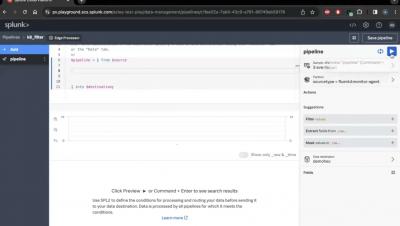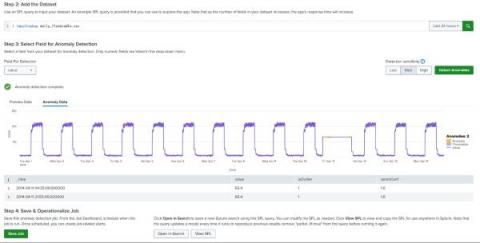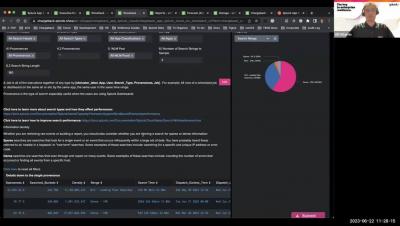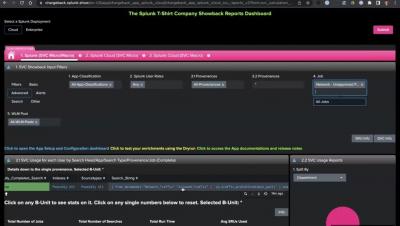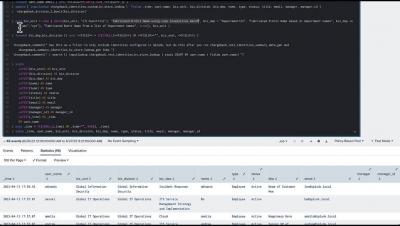Data Lakes Explored: Benefits, Challenges, and Best Practices
A data lake is a data repository for terabytes or petabytes of raw data stored in its original format. The data can originate from a variety of data sources: IoT and sensor data, a simple file, or a binary large object (BLOB) such as a video, audio, image or multimedia file. Any manipulation of the data — to put it into a data pipeline and make it usable — is done when the data is extracted from the data lake.




